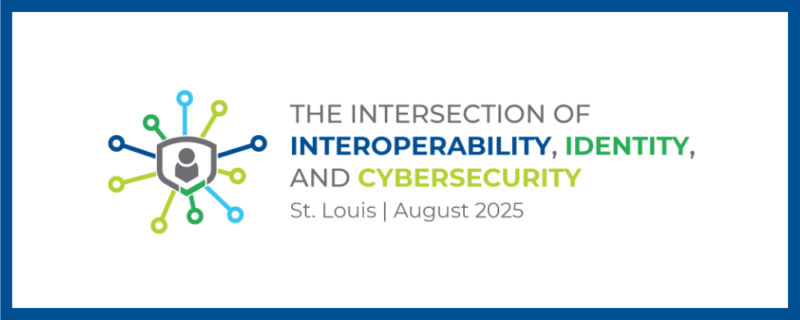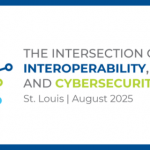The healthcare industry has long awaited some certainty in the arena of mobile devices in light of the continued push for electronic health records (“EHR”) and coordinated care. The prevalence, convenience, and speed of such devices is beyond discussion. According to the 2015 HIMSS Mobile Technology Survey, found that 90% of healthcare providers use them in their organizations. Mobile devices provide clinicians with quick access to information at the point of care. However, the use of mobile devices brings a mountain of security risks for covered entities, including the loss or theft of the mobile device and unsecure exchange of health information. When every individual entering a facility has a mobile device, the large number of mobile devices using a facility’s network can overload the system.
Until now, however, healthcare entities have largely been left to craft their own policies and processes for securing employees and medical personnel’s personal mobile devices and platforms. Failure to adequately address security concerns with mobile devices is an enormous risk area for covered entities. For example, an employee that opens a secure email with PHI on his/her Iphone inadvertently removes the encryption and makes the email unsecure, which means any further communication of that email would constitute a breach of unsecured PHI.
The consequences for failure to secure these mobile devices can be steep, including expensive security breaches and liability for both Covered Entities and Business Associates under HIPAA/HITECH. As these entities try to address security concerns by adopting bring-your-own-device (“BYOD”) policies, the HIPAA/HITECH compliance challenges multiply exponentially.
The National Institute of Standards and Technology (“NIST”) develops electronic security and encryption standards and their encryption standards are relied upon by regulators and Covered Entities. This federal agency has the duty of studying technological issues and then developing technology standards, frameworks, guidelines and best practices, including defining what level of encryption is tough enough to secure the data. As a result of the high costs of data breaches and security risks from mobile devices, NIST has recently developed a series of standards and guidance for securing EHR on mobile devices, appropriately entitled, “Securing Electronic Health Records on Mobile Devices.”[1]
NIST’s five-volume guide breaks mobile device security considerations into four topics or sections, including (1) Executive Summary; (2) Approach, Architecture, and Security Characteristics; (3) How-to Guide; (4) Set of Standards and Controls Mapping; and (5) Risk Assessment and Outcomes.[2]
The detailed 82-page set of “how-to guides” for security engineers[3] is particularly valuable for healthcare entities. This section of the NIST guidance provides practical tips and step-by-step processes for security engineers to strengthen mobile device security. This guide has a full section devoted to Governance, Risk, and Compliance which “allows an organization to link strategy and risk, adjusting strategy when risk changes, while remaining in compliance with laws and regulations.”[4]
These standards and guides constitute NIST’s first attempt at providing standards for safeguarding medical data on mobile devices. NIST is accepting public comments until September 25, 2015. While this guidance is not yet final, it is replete with highly valuable information for healthcare entities seeking to take advantage of mobile devices to assist in patient care while simultaneously protecting the security of the data on the mobile device and prevent liability for breaches of ePHI. The attorneys at McBrayer can help healthcare entities make sense of how the new NIST standards promote compliance with HIPAA’s Security Rule. Contact us for more information on how this new guidance can promote security across an organization, while integrating new technology for the benefit of coordinated patient care.
[1] NIST Cybersecurity Practice Guide, Special Publication 1800-1: “Securing Electronic Health Records on Mobile Devices”, https://nccoe.nist.gov/projects/use_cases/health_it/ehr_on_mobile_devices
[2] NIST Cybersecurity Practice Guide, Special Publication 1800-1: “Securing Electronic Health Records on Mobile Devices”, SP 1800-1a; SP 1800-1b; SP 1800-1c; SP 1800-1d; SP 1800-1e, https://nccoe.nist.gov/projects/use_cases/health_it/ehr_on_mobile_devices
[3] NIST Cybersecurity Practice Guide, Health IT, “Securing Electronic Health Records on Mobile Devices: How-to Guides for Security Engineers,” SP 1800-1c, https://nccoe.nist.gov/sites/default/files/nccoe/NIST_SP1800-1c_Draft_HIT_Mobile-HowTo_0.pdf
[4] Kauffman, et al. “Securing Electronic Health Records on Mobile Devices,” NIST Cybersecurity Practice Guide SP 1800-1c at 57 (2015)


























